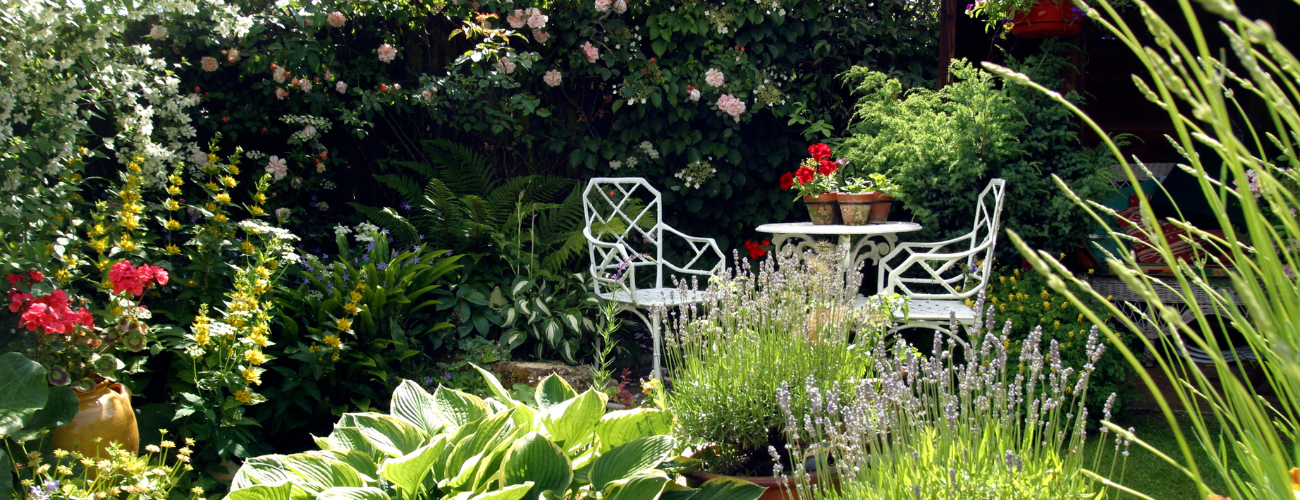Through July and into August the early flush of bright greens and sumptuous displays of early summer flowers like lupins and delphiniums deepen to darker greens as foliage matures. The richer colours of roses, hydrangeas, sunflowers and dahlias come out to play.
The hard work in the veg patch is coming to fruition with bountiful harvests of potatoes, tomatoes, courgettes and beans cooked fresh and eaten on the patio as the evening light gently fades. It’s at this time of year that with the light fading but the warmth still in the air that we can sit out long into the evening, but there can be a tendency for the flowers that look wonderful in the daylight to disappear with the twilight.
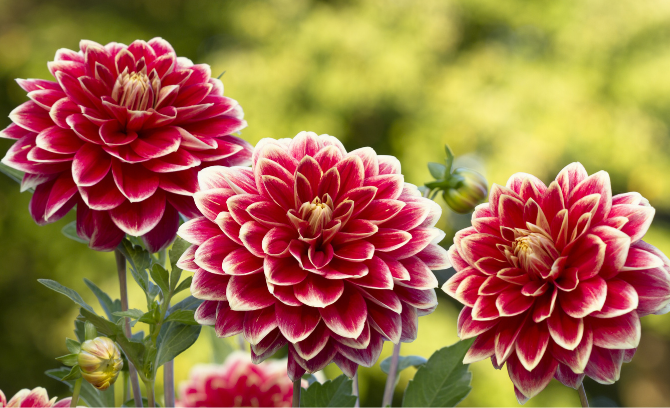
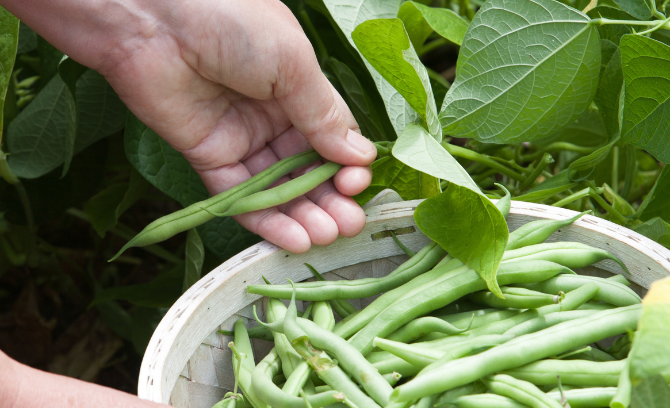
Plants that can give your evening garden experience a boost are the white flowered shrubs and perennials that reflect back and stand out until the sun has gone down. White cosmos, hibiscus and agapanthus to name but a few. Hydrangea paniculatas and white Japanese anemones give a welcome pop of colour from a semi-shaded spot at any time of day but particularly shine in the twilight of a summer evening.
Paniculata hydrangeas are characterized by their often large pyramid or cone-shaped flowerheads known as panicles. Unlike mophead and lacecap hydrangeas they enjoy some full sun and will flower better if not in too much shade. Most varieties of paniculata hydrangeas start with creamy, white or lime green florets but flush with pink as they age finishing a rich dusky raspberry colour. They can be left unpruned through the winter as their faded flowerheads look beautiful. There are many varieties to choose from including the dwarfing ‘Little Spooky’. Little Spooky only grows to about 75cm but has a big impact with multiple flowerheads over several months. It looks great in a patio pot too which is ideal for anyone on poorer soil like chalk. ‘Limelight’ has distinctive lime-green flowers at the beginning before turning white then pink and lime with age.
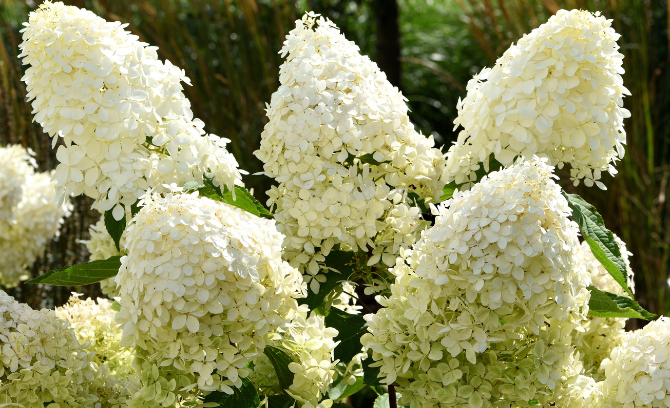
‘Phantom’ is a larger plant with huge flowerheads supported well on stiff stems. Pruning it every spring keeps it smaller but also results in improved flowering.
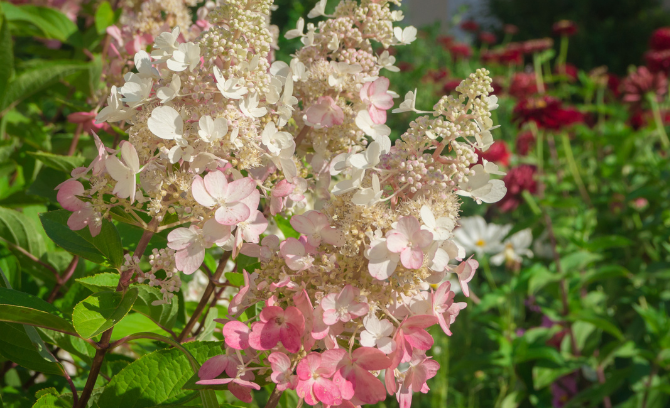
‘Pinky Winky’ is a variety which turns the deepest pink with age and features distinctive red stems.
Japanese Anemones are late flowering perennials which die back to the ground every year. They come in all shades of pink and white saucer-shaped flowers which float on tall stems above the foliage. Japanese anemones look at their best planted in large groups in light shade. They do have a tendency to spread when happy so clumps are generally easy to come by. (Lift and divide in spring if clumps get too big.)
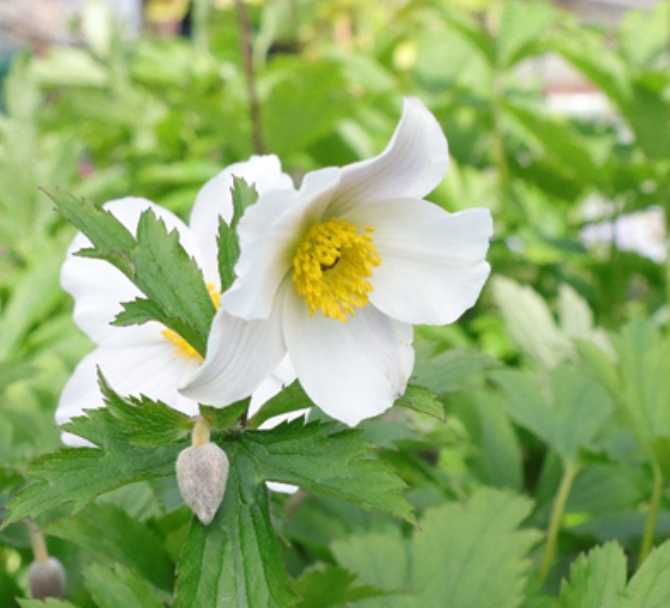
Shorter varieties do well in pots and at the front of borders. The Swan’ series such as ‘Wild Swan’ are relatively new compact varieties with white flowers but feature pale grey-blue streak down the back of each petal. They tend to flower more intermittently but over a longer period from May to November.
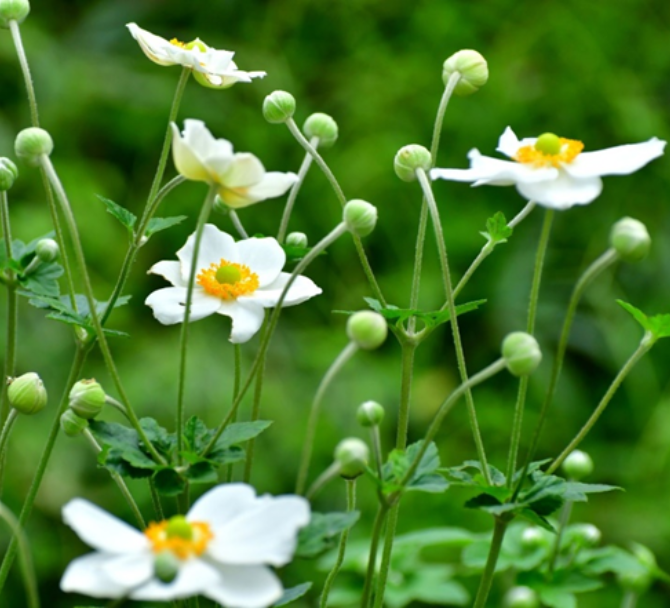
Taller varieties like this ‘Honorine Jobert’ are great in the middle to back of a border, where the white flowers reflect the sun during the day and glow in twilight.
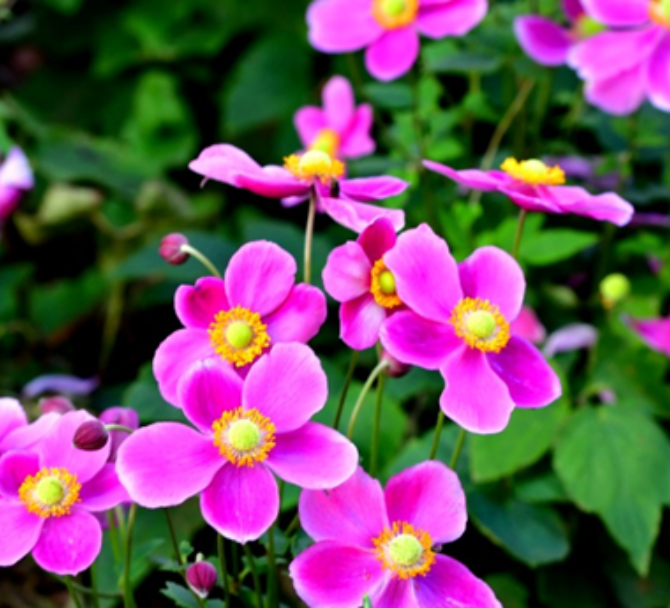
I also love the darker pink varieties for their opulence and where the golden stamens make a more dramatic contrast.
This time of year is a great time to assess garden lighting. Installing electric lighting in an existing garden is difficult and expensive, requiring the services of a qualified electrician. Solar lighting however, can turn a darkening space into a fairyland of twinkles allowing your family and guests to stay outside just that little bit longer in the evening. They are also very adaptable because most are individual units that can be moved around as needed. From lanterns to pillar lights and strings there are many ways to illuminate your garden in the evenings. Click here to view our range of garden lighting.

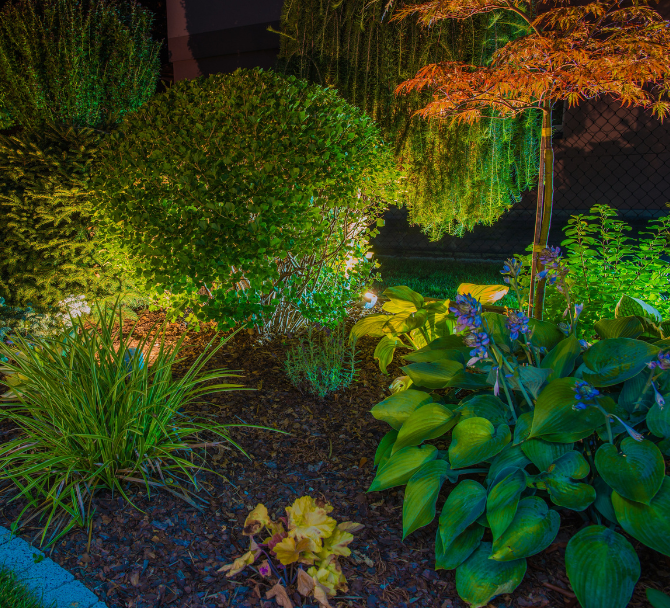
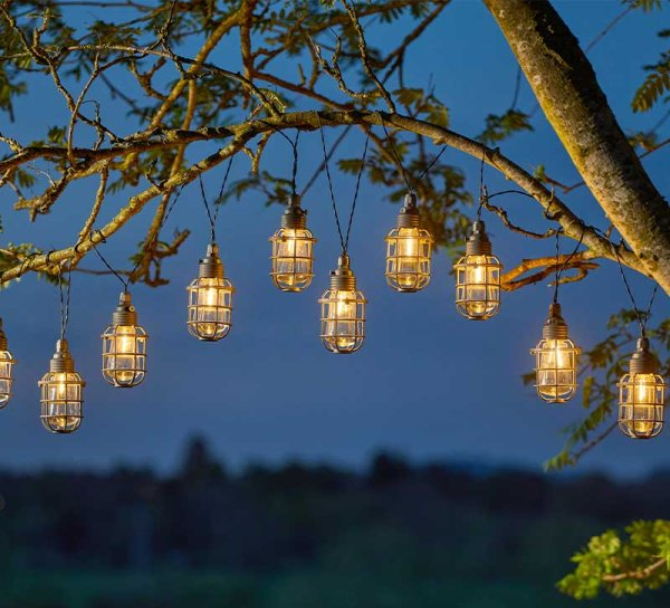
Lighting can be used to illuminate a pathway or steps that could be hazardous in the dark. It can light up a feature such as a beautiful tree or a pond. And it can create a relaxed mood by stringing lights around a seating area. String lights come in all kinds of designs from starbursts, traditional bulbs or lanterns, or bees and fireflies.
If you have spent lots of time growing veg from seed or plug plants now is the time to keep nurturing them and harvesting. Feed container grown fruit and veg weekly with tomato feed. Harvest your beans and courgettes regularly. The more you pick the more will grow and they taste better when they are younger and smaller.
If you are going to be away for a week or two. Arrange for a friend or neighbour to drop in and water your plants. Allowing them to harvest any veg that is ready, as a reward for their help, also prevents you coming home and finding enormous courgettes.
Plan time to not just harvest but to process excess harvests for the freezer. That way you can have fresh home grown green beans, broccoli, beetroot etc all year round. My favourite freezer food is ratatouille. Defrost in a microwave in the time it takes to cook some pasta and with grated cheese on top. A wonderful warming meal for a cold winter evening but with the taste of summer. Alternatively see if your local food bank would like free fresh vegetables on an ad hoc basis.
There are still vegetables you can plant now. Start growing potatoes for Christmas dinner in containers. Plant out kale, sow oriental leaf salads, chard, spinach, beetroot, coriander, pak choi, spring cabbages, early carrots, peas, turnips and radishes. Don’t leave space empty. It is also a good idea to keep checking brassicas for caterpillars and removing them. No matter how well I cover mine with insect netting at least one butterfly always seems to get in. The caterpillars like to hide and munch up in the curds of cauliflowers but then grow too big to get out. I inspect my caulis very carefully before cooking!
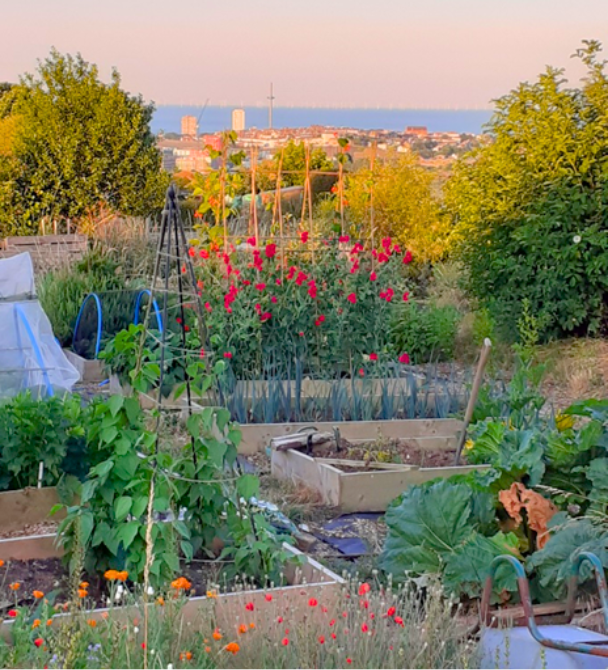
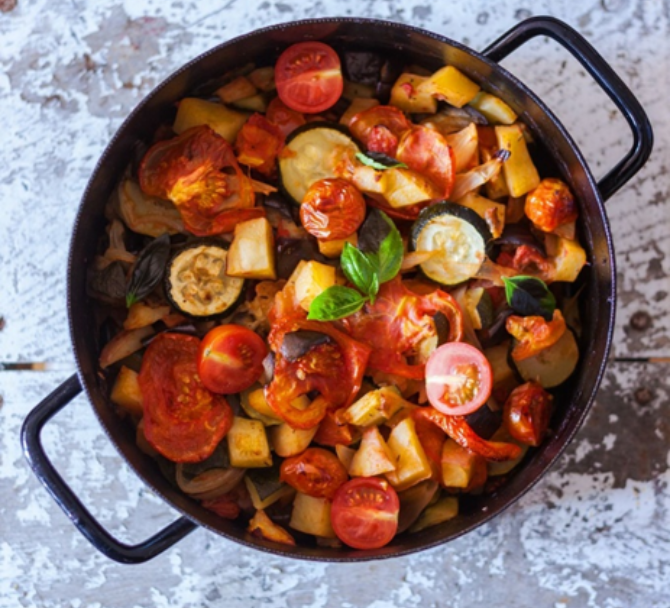
Other jobs to keep up with over the summer is deadheading. Most plants will continue to flower if you remove the flower heads that have gone over. Many will actually continue to flower well into autumn if deadheaded regularly. Roses (except the varieties that produce hips), dahlias, cosmos, marigolds, monarda, sweet peas, salvia and many more respond well to deadheading and will continue to flower into autumn. Give them regular liquid feeds to enable them to maintain their display. Don’t deadhead mophead hydrangeas because the dried heads provide frost protection for the new buds over winter and they do not repeat flower anyway.
If your apple, pear or plum trees are laden with fruit, remove some to thin them out. This will improve the quality of what is left and prevents boom and bust years occurring. Take time to summer prune apple, pear, plum and cherry trees.
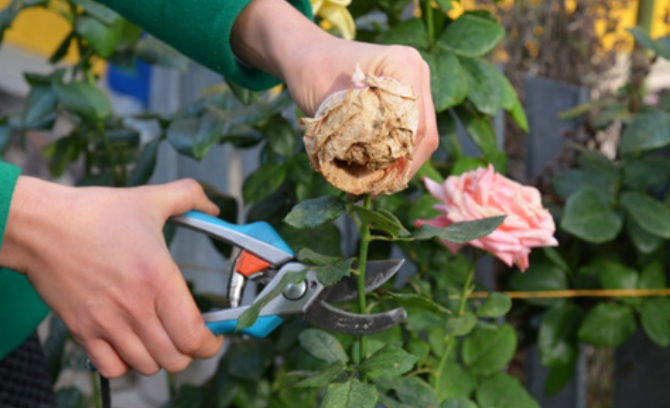
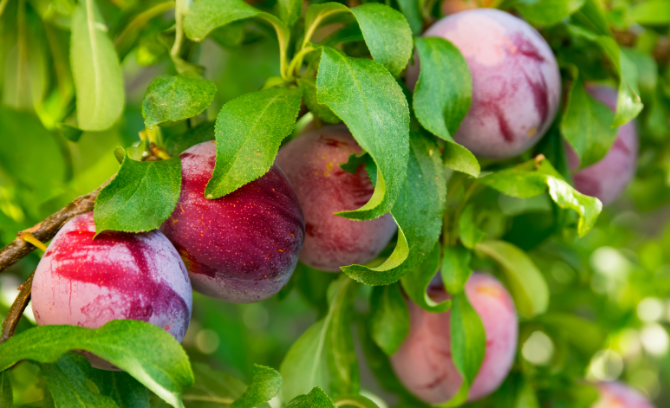
Look out for wildlife in mid to late summer. Keep water sources topped up. Continue feeding the birds. Hot days and hard ground can make it difficult for some birds to find enough food. If you want to encourage bees and butterflies you will need to provide nectar rich flowers and keep them watered because in drought conditions flowers reduce the amount of nectar they produce.
Amphibians may be on the move, looking for new habitats and food sources. Baby hedgehogs (hoglets) will also be finding their own way in the world.
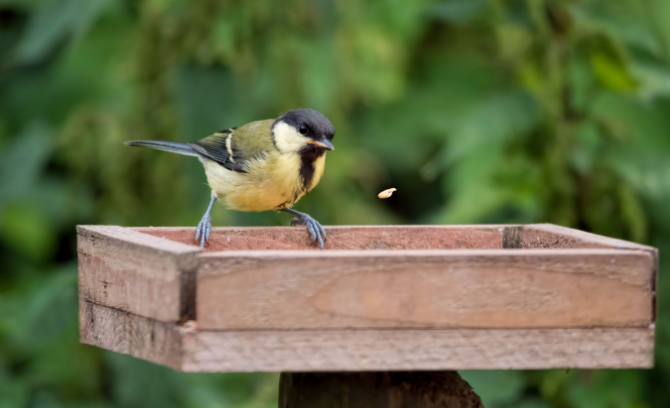
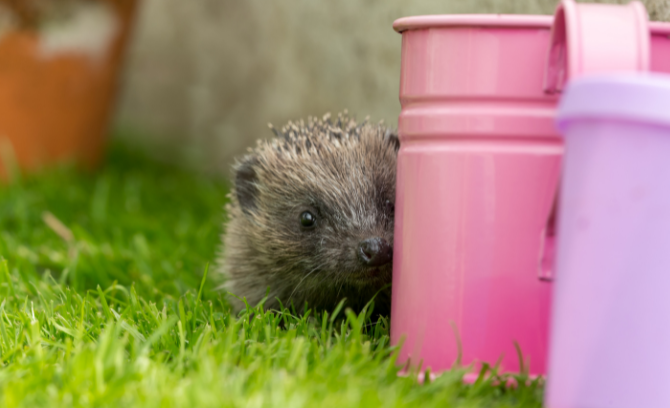
Slow worms (which are actually not worms nor snakes but legless lizards) often inhabit compost heaps and can often be seen basking under the lid on top of the compost in the dalek style bins which heat up rapidly in sunshine.
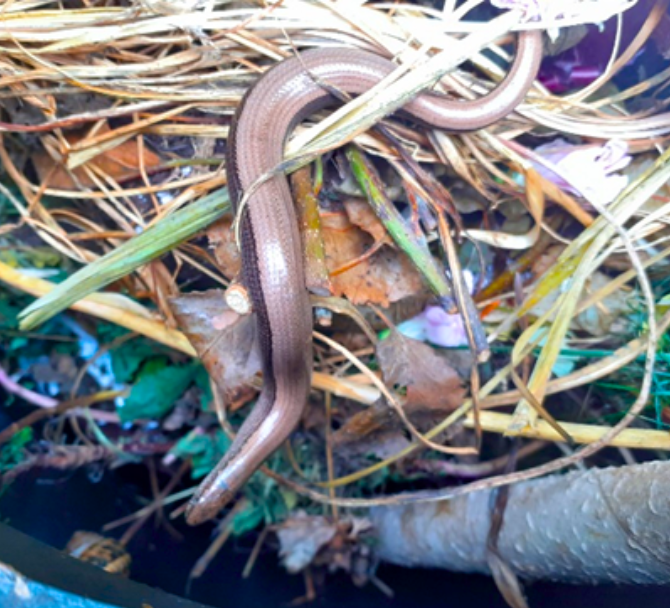
This picture is one of my resident slow worms. I have seen up to four in my two compost bins at any one time, so I consider myself very lucky. Slow worms eat slugs and snails. So any I find I put in the compost bins for the slow worms to eat. This has the double benefit of supporting these beautiful gentle creatures but also stops them nibbling my plants.
They give birth to live young in August or September so if you do have them living in your compost heap leave it untouched until Autumn. Its ok to add more cuttings to the heap but don’t dig into or try to empty it. Slow worms are heavily predated by cats. They can shed their tails but they don’t fully regrow. Slow worms are very slow to react when disturbed so please be careful when cutting your long grass or meadow areas at the end of the season.
Other creatures to look out for in Summer include ladybirds and their larvae. I am sure you all know what ladybirds look like, but lots of people don’t recognise their larvae. They look a little like black woodlice with orange spots. Rather than finding them in damp dark places like woodlice, you are likely to see them on plant stems munching on aphids which are their favourite food.
This very large caterpillar was photographed in the plant department at South Downs Nurseries last summer. We actually found three of them in total over the space of a month, two black ones and one green one. They are the size of my index finger! They are the caterpillar of the beautiful elephant hawk moth and they like eating fuchsias. Although alarming to see, they are completely harmless. If you find one out in the open put it on a fuchsia bush that you don’t mind being munched. They burrow under the leaf litter under the plants in Autumn to hibernate.
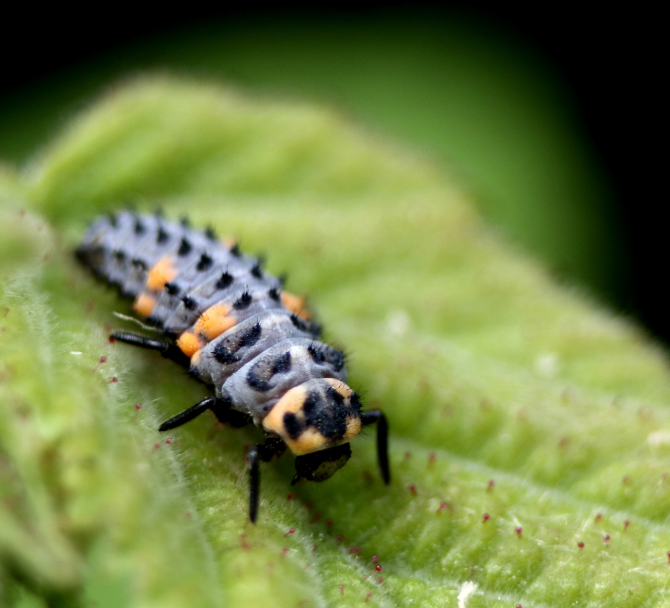
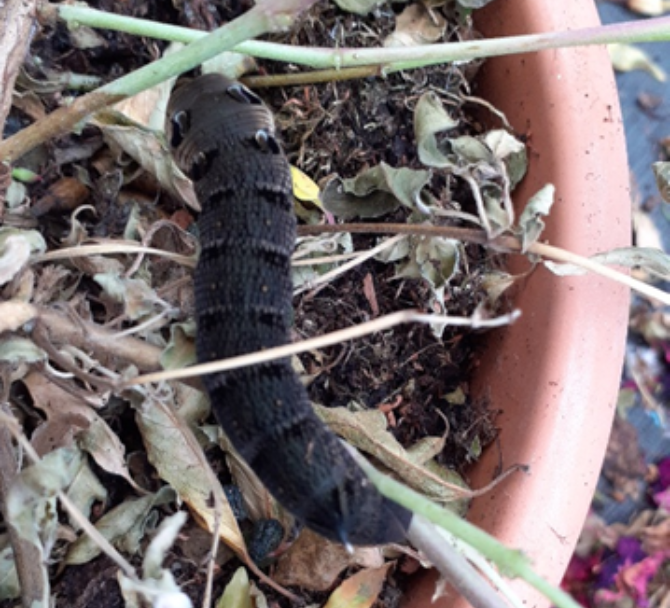
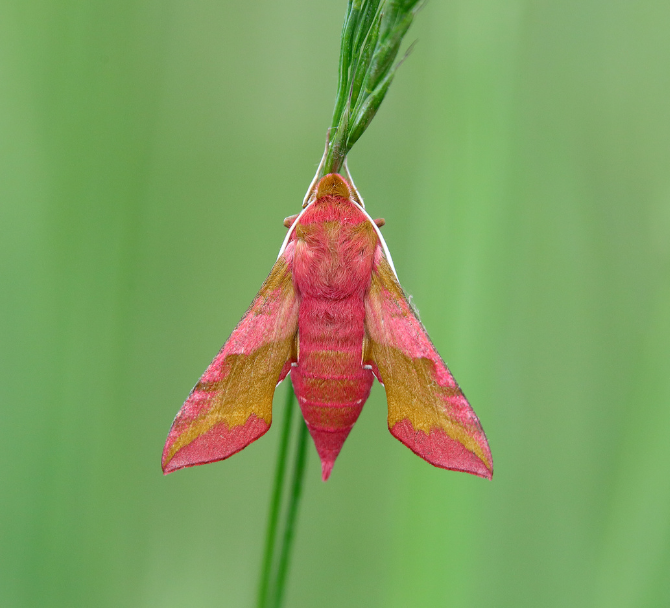
The long hot days of summer, children are home from school and the beach is calling. But maybe the garden is too. Relax with your family and friends in your own little oasis into the evenings. Boost your flower power, create atmosphere with solar lighting, harvest your delicious veg and take time to look out for the little creatures. Happy Holidays!

By our resident horticultural expert





